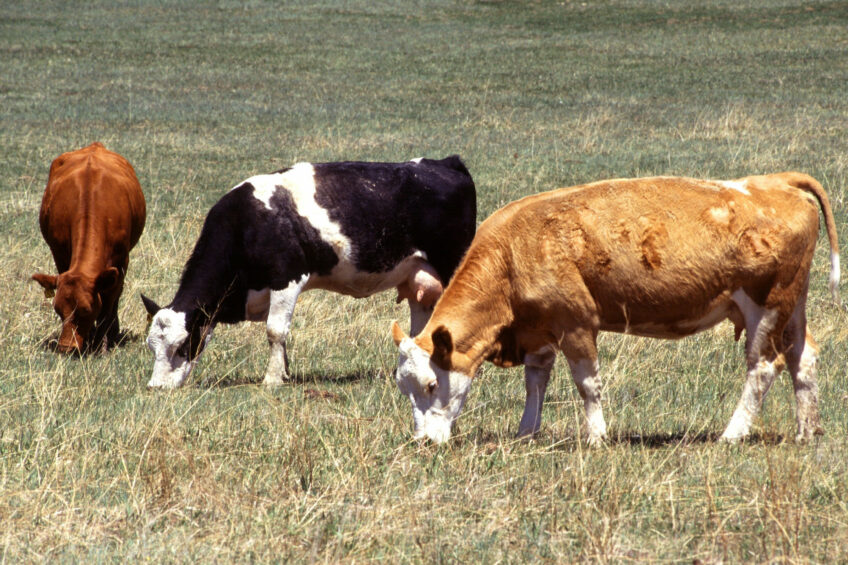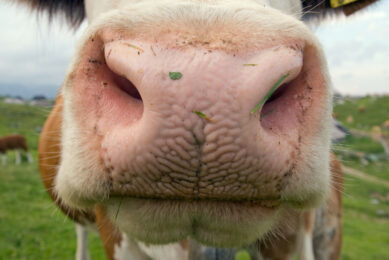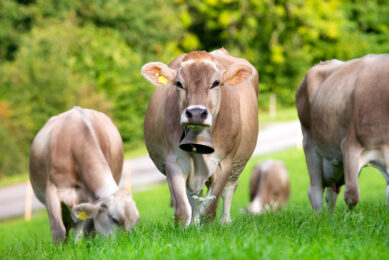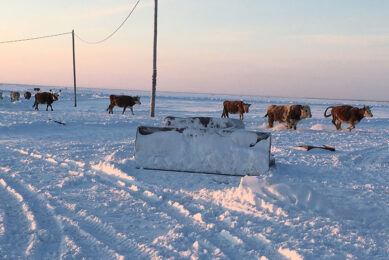Vaccination against lumpy skin disease proven successful

Outbreaks of lumpy skin disease (LSD) in the Balkan region fell dramatically by 95% from 7,483 in 2016 to 385 in 2017.
This is stated by EFSA that evaluated data, collected from affected and at-risk countries in Southeastern Europe in 2016 and 2017. The figures confirm that vaccination of cattle – recommended by EFSA in 2016 – is the most effective way to contain the disease.

However, Alessandro Broglia, a veterinarian at EFSA, warned: “Even if the number of outbreaks has decreased significantly, the disease has not been eliminated from the region yet and therefore we need to remain vigilant.” In 2017 most of the outbreaks (379) were reported in areas of Albania where the vaccination programme had not yet been completed. Few outbreaks occurred elsewhere, with 2 in Greece and 4 in the former Yugoslav Republic of Macedonia.
About Lumpy skin diseaseLumpy skin disease is a cattle pox virus transmitted by biting insects that can be deadly for cattle but does not affect humans. The disease used to be confined to Africa. In 2013, it emerged in Turkey and then quickly spread through 9 countries in Eastern Europe and the Balkans. One of the factors responsible for the spread of LSD is an increase in the number of insects that transmit the disease, as a result of warm temperatures. Experts also concluded that in Greece the risk of infection is 6 times higher among farmed animals that have access to outdoor space than in those kept indoors. This is because the former group is more exposed to transmitting insects. |
Join 13,000+ subscribers
Subscribe to our newsletter to stay updated about all the need-to-know content in the dairy sector, two times a week.










